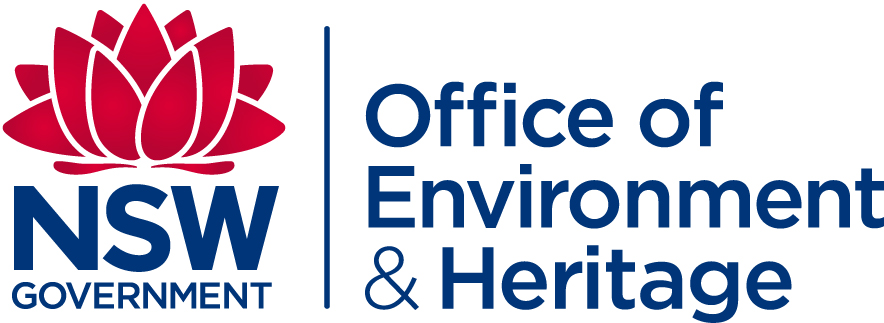Attributed to: Chris Fletcher, CIO, NSW Office of Environment and Heritage
Agency looks to Office 365 and the Enterprise Mobility Suite for innovative future
When you have around 2000 of your 5000 strong workforce based in the field, spread throughout the length and breadth of NSW, its small wonder that mobility was one of the priorities when we decided to embark on an ICT change program at the NSW Office of Environment and Heritage and the Environmental Protection Agency, both of which come under the same IT umbrella.
Our overriding focus, along with mobility, was to improve productivity and collaboration. To that end, the past 18 months have seen the introduction of Office 365, replacing the traditional desktop environment that was limiting the ability of employee to work where they wanted and when they wanted.
Why did we go down the Microsoft path?
Basically because it made sense. With the NSW Government wanting agencies to move away from on premise infrastructure, we wanted to find a solution that would enable us to ease our users into the cloud. There was already a strong familiarity with Microsoft through the existing desktop environment, making the change to mobility so much easier, while the capacity for hybrid cloud infrastructure with Microsoft Azure gave us great flexibility.
Another reason was that some of our people were looking at alternate web-based applications for sharing documents and other procedures, which had security implications, so we really were drawn towards Office 365’s ability for us to safely share and store documents.
Our subscription agreement gives us access to components like Microsoft InTune, for management of mobile devices, which integrates with SCCM for our PC fleet and allows us greater visibility of our equipment than we have ever previously be able to have. This enables us to link our mobile devices and our desktop devices and have consistent policies and controls applied across all devices.
In fact, we are continually seeing the benefits of using the full range of the Microsoft technology stack.
The Enterprise Mobility Suite (EMS), for instance, provides us with a complete platform, with full integration of all of the things that we want to do for our staff on a day-to-day basis in a simple package. That’s given us a lot of flexibility for people to work from home, from mobile devices as well as working from a traditional desktop environment.
With EMS we have protection against data loss, and we’re able to provision very quickly and very consistently. We have a very large fleet of mobile devices across multiple platforms, the Enterprise Mobility Suite has given us much more granular control than we’ve ever had before in a more consistent way.
When we also needed to replace our intranet environment, which was a key resource area for us around our policies and our processes, it again made sense for us to build on the Office 365 platform, so hosting SharePoint on Azure was a logical extension.
The SharePoint environment also works very well with the .NET framework, allowing us to build functionally-rich pages in that environment.
We have transitioned to Skype for Business, which along with the ability to connect all of the productivity tools together has really made a big improvement in the effectiveness and efficiency of our staff.
We made the decision to undertake a homogeneous path around Microsoft in order to make sure that everything works well together and, in doing so, we’ve been able to optimise our outcomes.
When we were challenged with providing services to more of our cluster, we’ve been able to leverage our existing arrangement, adjust to scale, and although our headcount has increased roughly 20%, we have been able to provide a major uplift in capability to other parts of the agency through additional services and improved functionality we’ve earned via our technology investment.






